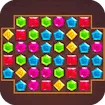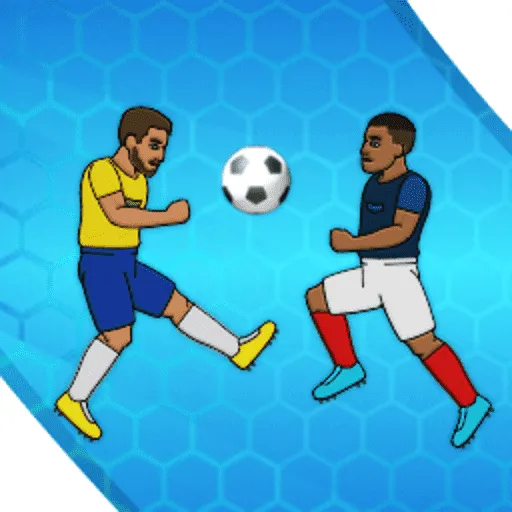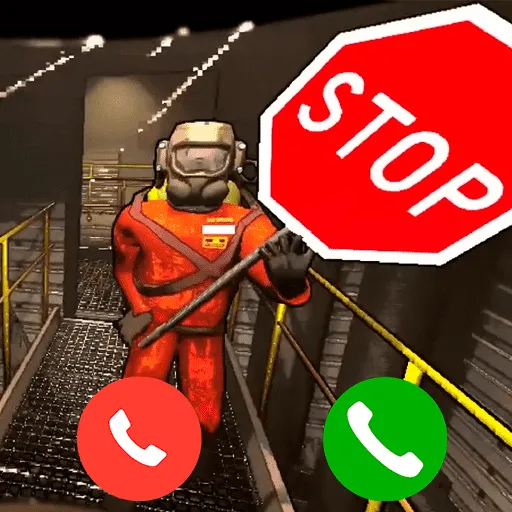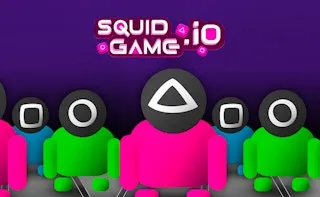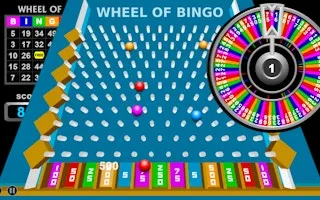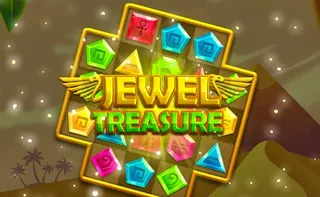Sink or Float Game Instructions
Choose an Item: Select one of the available objects in the game, like a coin, apple, or toy.
Make a Prediction: Guess if the item will sink or float based on its size, weight, or material. Think about whether it feels heavy or light!
Test the Object: Drag and drop the item into the virtual water to see what happens.
Observe the Result: Watch as the item either floats on top or sinks to the bottom. Note how different items behave differently.
Try Again: Select another object and repeat the process to explore more about density and buoyancy in a fun way.
title="YouTube video player"
frameborder="0"
allow="accelerometer; autoplay; clipboard-write; encrypted-media; gyroscope; picture-in-picture; web-share"
referrerpolicy="strict-origin-when-cross-origin"
allowfullscreen>
Enjoy testing various objects to see how they behave and discover what makes each item unique in water!
Make a Prediction: Guess if the item will sink or float based on its size, weight, or material. Think about whether it feels heavy or light!
Test the Object: Drag and drop the item into the virtual water to see what happens.
Observe the Result: Watch as the item either floats on top or sinks to the bottom. Note how different items behave differently.
Try Again: Select another object and repeat the process to explore more about density and buoyancy in a fun way.
Sink or Float Video Game Demo
title="YouTube video player"
frameborder="0"
allow="accelerometer; autoplay; clipboard-write; encrypted-media; gyroscope; picture-in-picture; web-share"
referrerpolicy="strict-origin-when-cross-origin"
allowfullscreen>
Enjoy testing various objects to see how they behave and discover what makes each item unique in water!
Categories:
Sink or Float Game Description
Sink or Float Game - Discover Physics Through Play on PunyGame
Explore the science of density and buoyancy with the “Sink or Float” game on PunyGame. This interactive game is perfect for kids and adults to learn through hands-on experimentation, offering a fun and educational experience as players make predictions, test objects, and observe real-time results.
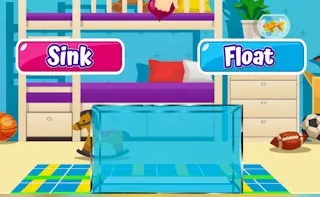
Sink or Float
The “Sink or Float” game on PunyGame is an educational experience designed for all ages, engaging players in fundamental scientific principles of density and buoyancy. By selecting items and predicting whether they will sink or float, players gain insights into why objects behave differently in water. From preschoolers to adults, this game provides an approachable, engaging way to understand scientific inquiry without the complexity, making it ideal for classrooms, at-home learning, or recreational play.
Why Play Sink or Float on PunyGame?
The “Sink or Float” game offers more than simple play. It bridges entertainment with education, presenting science concepts in a hands-on, experimental format. Players interact with various items—ranging from pencils and coins to unique objects like citrus fruits—making predictions about each item’s behavior in water. This activity cultivates critical thinking and observational skills as players witness how object density impacts buoyancy, a principle rooted in physics that explains why boats float and rocks sink.
For young learners, “Sink or Float” introduces science in a digestible way, free from jargon and complex theories. They gain exposure to fundamental ideas, such as hypothesis-making and data analysis, as they track outcomes and discuss results. This setup encourages cognitive development, critical thinking, and vocabulary expansion, offering educational value beyond a standard game.
How Density and Buoyancy Work in “Sink or Float”?
In the “Sink or Float” game, understanding why items float or sink begins with two key concepts: density and buoyancy. Density refers to the mass an object contains relative to its volume. Objects like metal coins, which have high density, tend to sink because they are compact and heavy for their size. Conversely, a feather or a piece of cork, with low density, will typically float because it’s lighter and occupies more space relative to its mass.
Buoyancy is a force that works against gravity to keep objects afloat if they displace enough water. This is why a boat, despite its weight, floats; its shape and design allow it to push water aside effectively, maintaining buoyancy. In “Sink or Float,” players get to witness these principles in action, experimenting with everyday items and observing how factors like shape and material influence outcomes.
The Educational Value of Sink or Float
The “Sink or Float” game has extensive educational benefits, making it an excellent choice for parents, teachers, and learners of all ages. It provides a straightforward platform for exploring:
Scientific Prediction and Hypothesis: Before dropping items into the water, players are encouraged to hypothesize whether each item will sink or float, fostering the basics of scientific inquiry.
Observation and Analysis: By observing outcomes, players can identify patterns and reasons behind each item’s behavior in water. This aligns with the STEM learning approach, offering practical insights into physics through experimentation.
Vocabulary Building: Terms like “buoyancy,” “density,” and “displacement” become part of the player’s vocabulary, enhancing language skills related to science.
In addition to cognitive development, the game strengthens fine motor skills as players handle and place various objects in water, making it an ideal activity for young children in preschool or elementary grades.
Real-Life Connections: Why Objects Sink or Float
The knowledge gained from the “Sink or Float” game has practical applications in real life. For instance, understanding why objects behave differently in water helps explain why a life jacket keeps you afloat or why boats are designed with specific shapes to ensure they remain buoyant. This game introduces Archimedes’ principle, which states that an object will float if it displaces a weight of water equal to its own weight, otherwise, it sinks. The simple mechanics of this principle are present in various fields, from designing submarines to creating floating structures.
The “Sink or Float” game also incorporates this principle to a certain extent. By testing different materials, players learn how density plays a role in whether items float or sink. This knowledge is also relevant in day-to-day activities, such as why certain fruits float due to internal air pockets, while denser foods sink.
Fun Facts and Interactive Elements
Playing “Sink or Float” on PunyGame doesn’t only mean immersing in scientific learning; it’s also a delightful activity packed with surprising results. Here are some fun aspects and facts:
Unique Item Selection: Players can experiment with various household items, each having unique characteristics. Apples, for instance, generally float due to internal air pockets, while metals like coins sink immediately.
Engaging Predictions: The guessing game element is enjoyable, especially for young players who are encouraged to voice their predictions, which brings excitement and an interactive element to learning.
Unexpected Outcomes: Not every item behaves as expected, making the game even more engaging. For example, a can of soda may sink, while a diet soda may float due to differences in sugar content.
The game invites players to think critically and creatively, predicting how unconventional items like aluminum foil can be molded to float or sink depending on shape. These interactive elements foster curiosity and create an immersive experience that resonates well with players of all ages.
How to Maximize Learning with Sink or Float?
For educators and parents, “Sink or Float” is an adaptable tool that can be tailored to various learning environments. In a classroom setting, teachers can extend learning by having students document predictions and results, creating a record that can lead to further discussion and analysis. At home, parents can add sensory elements, such as coloring the water, to enhance engagement. These activities build not only scientific understanding but also emotional connections as children discuss their findings.
For a deeper learning experience, consider testing non-solid items or altering object shapes to observe changes. For instance, a piece of clay will typically sink, but molding it into a boat shape can make it float, highlighting how both shape and density determine buoyancy.
The “Sink or Float” game on PunyGame serves as an enriching, accessible way to introduce scientific concepts, building foundational knowledge in physics through engaging play. Perfect for fostering a love of science in young learners and curious minds, this game brings together fun and education seamlessly, setting it apart as a valuable learning tool.
PunyGame © 2022. All rights reserved.

